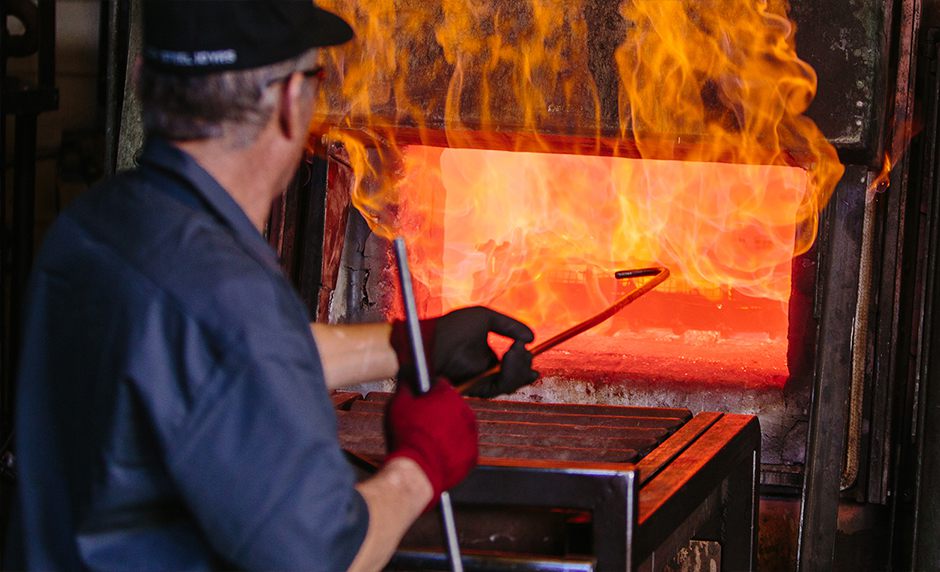Annealing is a process by which the properties of steel are enhanced to meet machinability requirements. Annealing is a process of heating the steel slightly above the critical temperature of steel (723 degrees Centigrade) and allowing it to cool down very slowly.
Types of Annealing
There are various types of annealing.
1. Full Annealing – The process involves heating the steel to 30 to 50 degrees Centigrade above the critical temperature of steel and maintaining the temperature for a specified period of time, then allowing the material to slowly cool down inside the furnace itself without any forced means of cooling. Hot Worked sheets, forgings, and castings made from medium and high carbon steels need full annealing.
2. Process Annealing – This process is mainly suited for low carbon steel. The material is heated up to a temperature just below the lower critical temperature of steel. Cold worked steel normally tends to posses increased hardness and decrease ductility making it difficult to work. Process annealing tends to improve these characteristics. This is mainly carried out on cold rolled steel like wire drawn steel, etc.
3. Stress Relief Annealing – Large castings or welded structures tend to possess internal stresses caused mainly during their manufacture and uneven cooling. This internal stress cause brittleness at isolated locations in the castings or structures, which can lead to sudden breakage or failure of the material. This process involves heating the casting or structure to about 650 Degree centigrade. The temperature is maintained constantly for a few hours and allowed to cool down slowly.
4. Spherodise Annealing – This is a process for high carbon and alloy steel in order to improve their machinability. The process tends to improve the internal structure of the steel. This can be done by two methods
a. The material is heated just below the lower critical temperature about 700 Degree centigrade and the temperature is maintained for about 8 hours and allowed to cool down slowly.
b. Heating and cooling the material alternatively between temperatures just above and below the lower critical temperature.
5. Isothermal Annealing – This is a process where is steel is heated above the upper critical temperature. This causes the structure of the steel to be converted rapidly into austenite structure. The steel is then cooled to a temperature below the lower critical temperature about 600 to 700 Degree Centigrade. This cooling is done using a forced cooling means. The temperature is then maintained constant for a specified amount of time in order to produce a homogenous structure in the material. This is mainly applicable for low carbon and alloy steels to improve their machinability.
Advantages of Annealing
The following are some of the advantages of annealing.
· It softens the steel.
It enhances and improves the machinability of steel.
· It increases the ductility of steel
· It enhances the toughness of steel
· It improves the homogeneity in steel
· The grain size of the steel is refined a lot by annealing


